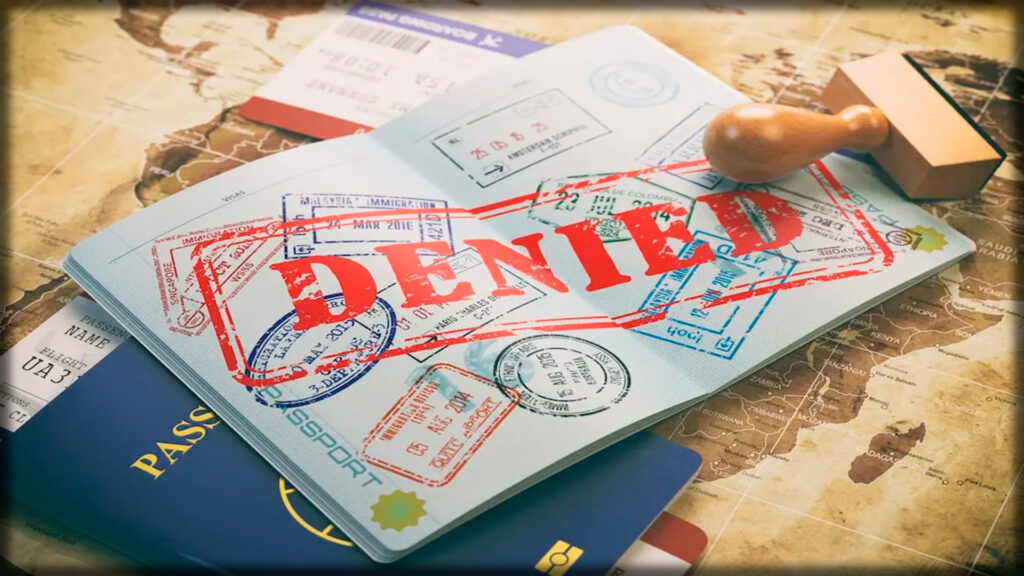Common Mistakes When Applying for a Canadian Work Visa
For many, applying for a Canadian work visa is the first step toward a better future. Yet every year, thousands of applications are delayed—or rejected—not because the applicants lack potential, but because they make avoidable mistakes. Knowing these pitfalls in advance can be the difference between approval and months of frustration.
1. Not Understanding Which Visa You Need
One of the most frequent errors is assuming there’s just one “work visa.” In reality, Canada has several types:
- Employer-specific permits (with LMIA).
- Open work permits.
- Caregiver programs.
- Seasonal work visas.
Applying for the wrong visa can delay your process by months. Many apply for an open work permit without meeting the criteria, when they actually needed an employer-specific permit.
2. Submitting Incomplete or Incorrect Documents
Missing or incorrect documentation is a major cause of delays and rejections. Common issues include:
- Failing to include a valid job offer letter.
- Submitting outdated medical certificates.
- Forgetting to provide officially translated police certificates.
Incomplete applications may also be interpreted as a lack of seriousness.

3. Falling for Fake Job Offers
Desperation leads some applicants into scams, paying money for fake contracts. These are not recognized by Immigration Canada, and your application will be rejected.
👉 Important: No legitimate Canadian employer will ask you to pay for a job offer.
4. Underestimating Language Requirements
Many think they can “manage once in Canada,” but immigration authorities prioritize applicants who demonstrate English or French proficiency.
- Not submitting language test results (e.g., IELTS, CELPIP, TEF) when required.
- Struggling during interviews due to lack of preparation.
5. Ignoring Processing Times
Processing times vary by country. A common mistake is traveling to Canada on a tourist visa, believing it can be converted into a work visa. This is illegal and almost always results in rejection.
6. Forgetting the Employer’s Role
In most cases, it’s not the applicant who starts the process—it’s the employer. The Canadian employer must request and secure an LMIA before you can apply.
👉 Without an LMIA (except in specific exemptions), your application will be rejected automatically.
Practical Tips to Do It Right
- Research the correct visa before starting.
- Make a checklist of required documents, ensuring translations and certifications are valid.
- Apply only for jobs listed on official sites (e.g., Job Bank, LinkedIn) with “LMIA available.”
- Improve your English or French before applying.
- Check updated processing times directly on the IRCC website.
- Avoid unverified intermediaries who promise fast-track visas.

Applying for a Canadian work visa is not a process you can improvise. The most common mistakes—wrong visa choice, incomplete documents, falling for scams—stem from rushing and lack of research.
If you take time to inform yourself, prepare your paperwork carefully, and rely only on official sources, your chances of success increase dramatically. More than just a visa, this is the start of a stable and successful migration journey.